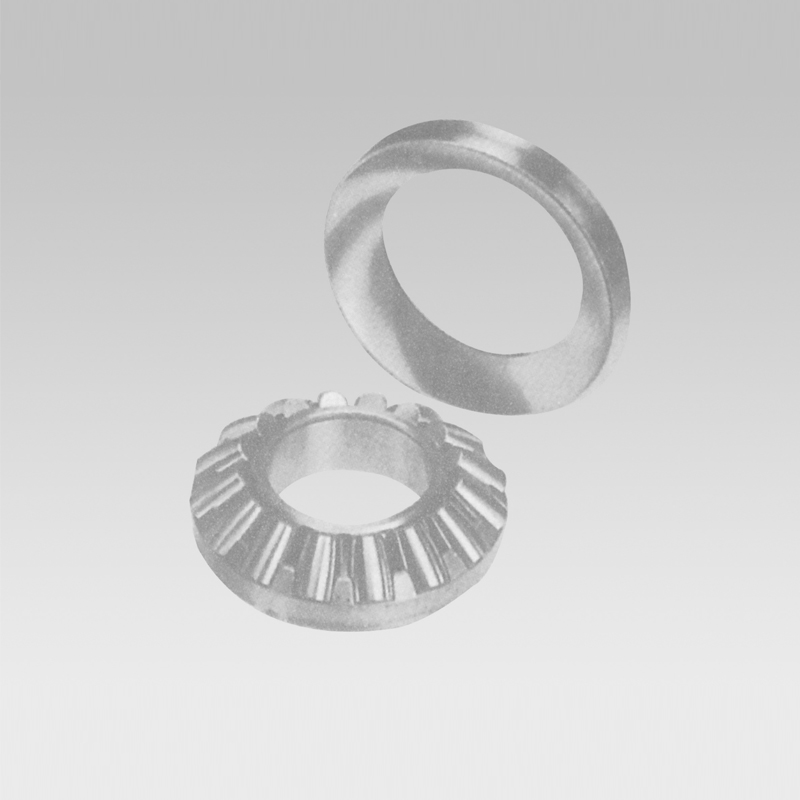
Lùna . 27, 2024 15:36 Back to list
Thrust Ball Bearing Mounting Guide
Mounting Thrust Ball Bearings A Comprehensive Guide
Thrust ball bearings are specialized bearings designed to handle axial loads, making them essential components in various machinery and applications. Mounting these bearings correctly is crucial to ensure their optimal performance and longevity. This article provides a detailed overview of the process and considerations involved in mounting thrust ball bearings.
Understanding Thrust Ball Bearings
Thrust ball bearings consist of two grooved races and a ball cage. They are capable of accommodating axial loads in one direction but cannot handle radial loads. This characteristic makes them ideal for applications such as automotive wheel hubs, actuators, and other machinery where axial loading is prevalent.
Preparation Before Mounting
Before beginning the mounting process, it’s essential to ensure that the components are clean and free of contaminants. Any dirt or debris can compromise the functionality of the bearing. Additionally, you should inspect the bearing and housing for signs of wear or damage. Ensure that the raceways are smooth and that the balls are free to move without obstruction.
Mounting Procedure
thrust ball bearing mounting

1. Selection of Proper Housing Thrust ball bearings require suitable housing to support axial loads efficiently. The housing should have adequate dimensions and surface finishes to facilitate proper mounting.
2. Application of Lubrication Proper lubrication is vital for the smooth operation of thrust ball bearings. Before installation, apply the appropriate lubricant to the races and balls. This lubrication reduces friction and wear during operation.
3. Installation of the Bearing Carefully place the thrust ball bearing into the housing. Ensure that it is seated correctly in the designated position. It’s important to avoid any excessive force or impact during this process, as it can damage the bearing.
4. Securing the Bearing Once installed, secure the bearing in place using appropriate retaining methods, such as snap rings or locking nuts. These components prevent axial movement and ensure that the bearing remains securely mounted during operation.
5. Final Adjustments After mounting, check for proper alignment and make any necessary adjustments. The bearing should rotate freely without any binding or excessive play. A misalignment may cause premature failure.
Conclusion
Mounting thrust ball bearings may seem straightforward, but attention to detail is critical to their successful operation. By following the proper procedure and taking into consideration the specific requirements of your application, you can enhance the performance and lifespan of your thrust ball bearings. Always refer to the manufacturer’s guidelines for additional recommendations and specifications to ensure optimal results in your mounting process.
Latest news
-
Industrial Machine Bearings: the core hub of mechanical operation
NewsAug.06,2025
-
Deep Groove Ball Bearing: A Dynamic "Elf" Operating Mechanically
NewsAug.06,2025
-
Compact craftsmanship: the way to optimize the space of Concrete Mixer Bearings
NewsAug.06,2025
-
Combine Harvester Bearings: The 'Steel Backbone' of Modern Agriculture
NewsAug.06,2025
-
Bearing Machinery: a flexible support hub for mechanical operation
NewsAug.06,2025
-
Agricultural Equipment Bearings: A Power Hub for Intensive Cultivation under Radial Space Constraints
NewsAug.06,2025
